ANTD.VN - Most opinions at the scientific workshop "Appropriate land valuation to clear projects" organized by Investment Newspaper on the afternoon of July 27 said that the "surplus" method in land valuation should not be abandoned, but instead input and output data should be standardized.
Why is the “surplus” method proposed to be eliminated?
Currently, the draft amendments to Decree 44 and Circular 36 are being consulted by the Ministry of Natural Resources and Environment from relevant ministries, branches and agencies. There are many different opinions revolving around the current land valuation methods that the drafting agency proposes to amend, especially the elimination of the “surplus” method.
Regarding the reason for the proposal to eliminate the “surplus” method, Mr. Dao Trung Chinh, Director of the Department of Planning and Land Resources Development, Ministry of Natural Resources and Environment , Head of the Editorial Team of the revised Land Law, said that valuation methods, including surplus, comparison, deduction, income methods, etc., are all used in the world market and are all scientific methods.
However, the Drafting Committee proposed to temporarily suspend and not apply the surplus method, because the surplus method covers the methods of comparison, deduction, income, etc.
“Localities and investors are concerned that abandoning the surplus method will delay land valuation. We ask the opposite question: why is it still slow now that we have the surplus method? The reason must be somewhere else,” a representative of the Ministry of Natural Resources and Environment asked.
 |
Overview of the Workshop |
He said that the surplus method is not suitable for Vietnam at some points such as: In this method, we take estimated revenue minus estimated costs. In costs, we calculate for 3, 5, 10 years later, but there are some loose points. If we determine costs, there are interest costs, advertising, project management. With revenue, how long does it take to build, how long does it take to sell, what is the sales ratio, etc.
“In my opinion, these factors are very loose. For example, when estimating construction for 3 or 4 years, the cost is very different. Choosing to sell for 4 or 5 years, the cost is also very different. Not to mention, the estimated percentage of sales each year also gives very different answers. If we are not strict, the subjective will of the appraiser, the appraiser, and the local leaders will greatly affect the valuation results,” said Mr. Dao Trung Chinh.
In addition, according to him, not to mention the dependence on real estate price increase rate, we do not have a monitoring agency and do not have enough information.
“In this spirit, we propose not to apply it for now, because there is no database system and no updates,” said Mr. Chinh.
The key is correct data.
However, according to the viewpoints of business associations such as VCCI, Vietnam Valuation Association, Ho Chi Minh City Real Estate Association (HoREA)... along with many experts and businesses, eliminating this method is not advisable in both theory and practice, causing land valuation to return to the period before 2007.
Mr. Le Hoang Chau, Chairman of the Ho Chi Minh City Real Estate Association (HoREA), said that currently, Ho Chi Minh City has 320 projects, of which 280 projects apply the surplus method, which has been applied mainly in the past 8 years. The reason comes from the fact that it is very difficult to apply other methods.
However, this method has great potential risks. Citing a project in a province, Mr. Chau said that the provincial agency used the surplus method to calculate the land use value at about 900 billion VND, but another agency calculated the figure at 1,800 billion VND, and another agency calculated it at 1,300 billion VND.
“So why is there a large error? Mr. Chau said that all methods must be based on input data, but if the data is not collected accurately, the average price index cannot be found.”
Mr. Tran Quoc Dung, Deputy General Director of Hung Thinh Corporation, said that without the surplus method, many projects cannot use other methods because there are no similar assets to compare, not to mention at least 3 assets are needed for comparison.
This business representative also said that in reality, the surplus method is not as complicated as the Ministry of Natural Resources and Environment believes, because it is based on market data, has the ability to determine development potential, which is good for both businesses and managers.
In addition, the surplus method shows information such as the apartment purchase price that the market can accept, sales assumptions, costs, etc. While other methods do not have these factors, if used, there is a possibility that the investor will give an unrealistic and ineffective price, and the state cannot collect the appropriate amount of money, etc.
“We recommend keeping the surplus method because it is scientific and consistent with international practices. The surplus method has been implemented for many years, although there are many problems, the reality in localities has proven its applicability. There are many cases where if the surplus method is not applied, land prices cannot be determined” – the leader of Hung Thinh Group expressed his opinion.
Similarly, Lawyer Nguyen Hong Chung, Chairman of the Board of Directors of DVL Ventures - Vice Chairman of the Hanoi Real Estate Club also expressed his opinion that the fact that the drafting agency believes that there is a lack of database to determine and subjective factors related to people does not mean that this method is not suitable. Because these two factors occur with other methods.
He gave an example of a mixed-use project where the investor must implement components such as electricity, roads, schools, stations, etc. and hand them over to the state, then the remaining three methods cannot be applied because they do not take into account the social infrastructure that is returned to the state for exploitation.
According to the residual method, these costs are included in the cost of completing the project. If the residual method is omitted, it is difficult to determine the value of the project formed in the future.
Lawyer Tran Duc Phuong, Ho Chi Minh City Bar Association, also said that the basis for abandoning the surplus method is not convincing.
“We cannot spend now and then put it back in 2-3 years later, wasting time and not solving the problem. The surplus method is associated with many legal regulations, including regulations that allow the state to have policies to regulate the value that real estate can create. This is the only method that can calculate this value...”.
Prof. Dr. Hoang Van Cuong, member of the National Assembly's Finance and Budget Committee, also said that the surplus method, if the calculation factors are not standard, meaning the input is not standard, will lead to inaccurate output results. Investors always want to get the lowest output price, while the input cost is the highest, leading to budget loss.
However, he said that this method is still widely used in the world, without loss because there is no price difference and no tax evasion. “Their business and legal environment is transparent and disciplined.
In such an environment, even if the input price is lower than the actual price, when the selling price has a difference, it will be regulated through taxes. The method itself is not a problem to spend, but it is due to the management mechanism" - Prof. Dr. Hoang Van Cuong said.
Source link



![[Photo] Prime Minister Pham Minh Chinh and Prime Minister of the Kingdom of Thailand Paetongtarn Shinawatra attend the Vietnam-Thailand Business Forum 2025](https://vphoto.vietnam.vn/thumb/1200x675/vietnam/resource/IMAGE/2025/5/16/1cdfce54d25c48a68ae6fb9204f2171a)
















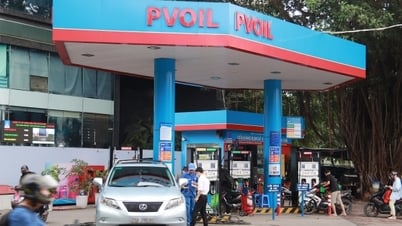











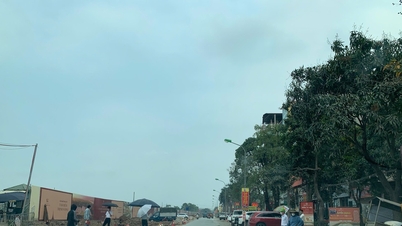
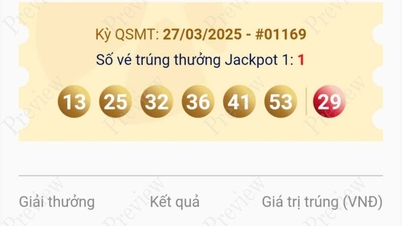

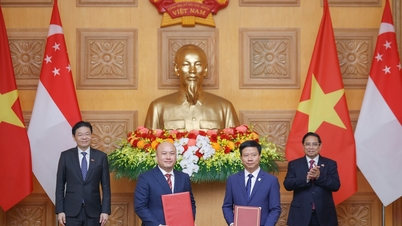

![[Photo] President Luong Cuong receives Prime Minister of the Kingdom of Thailand Paetongtarn Shinawatra](https://vphoto.vietnam.vn/thumb/1200x675/vietnam/resource/IMAGE/2025/5/16/52c73b27198a4e12bd6a903d1c218846)









































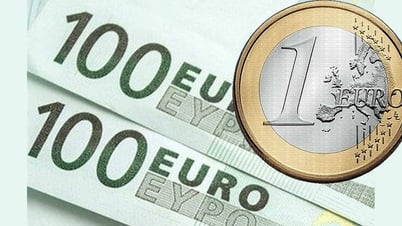





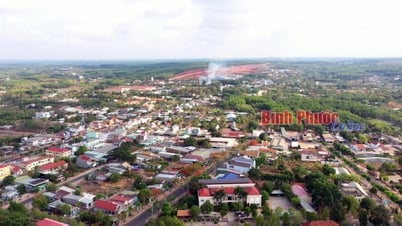













Comment (0)